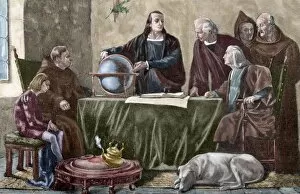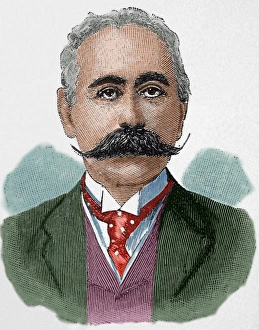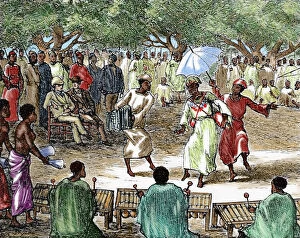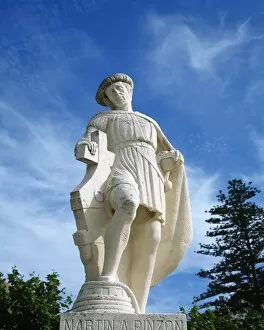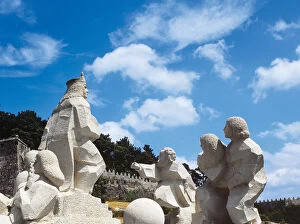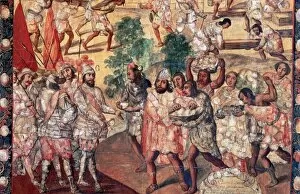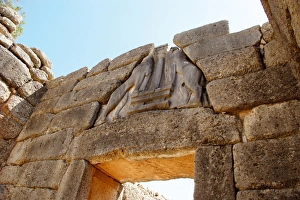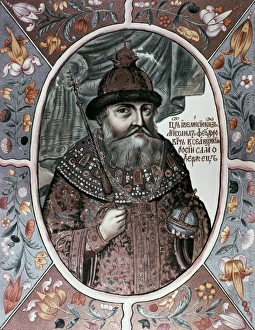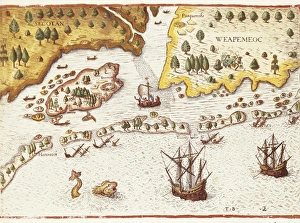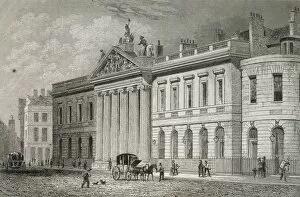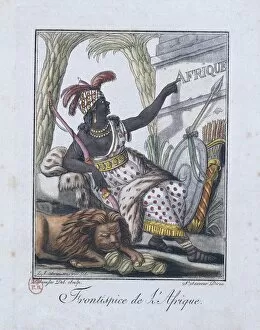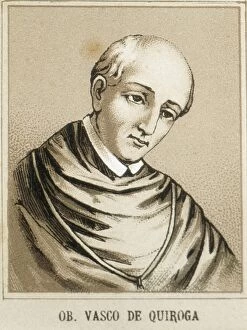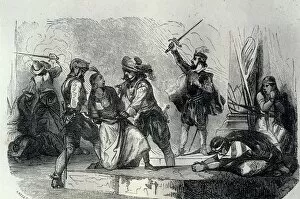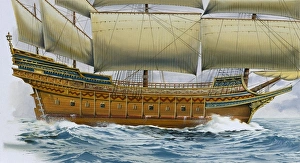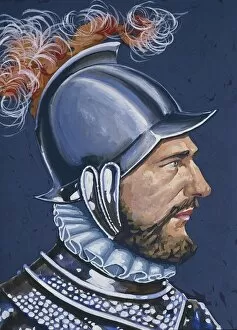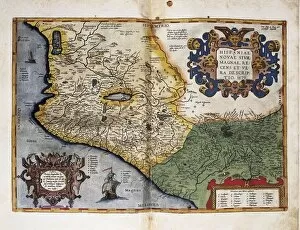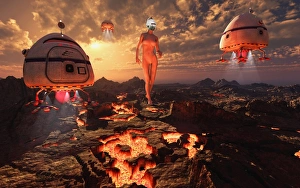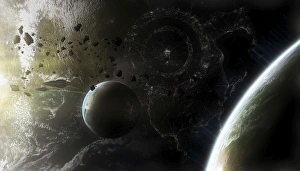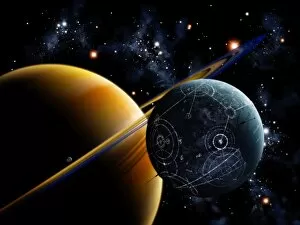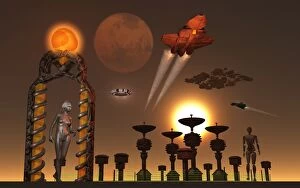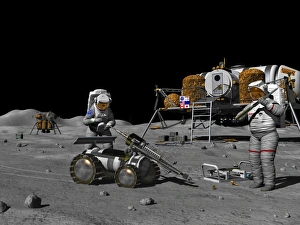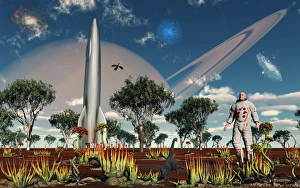Colonization Collection (page 6)
"Exploring the Legacy of Colonization: From Ancient Empires to Modern Conquests" This captivating caption takes us on a journey through time
All Professionally Made to Order for Quick Shipping
"Exploring the Legacy of Colonization: From Ancient Empires to Modern Conquests" This captivating caption takes us on a journey through time, shedding light on various aspects of colonization. Starting with a map of Belfast in 1685, we are transported to an era when European powers were expanding their territories across the globe. The engraving of Christopher Columbus reminds us of one of history's most famous explorers who played a significant role in initiating European colonization in the Americas. His voyages marked the beginning of an era that would shape the course of world history. Moving forward, we encounter Joseph Paxton's Crystal Palace from 1851, symbolizing Britain's imperial might during the height of its colonial empire. The grandeur and opulence displayed at such exhibitions often masked darker realities behind colonization. An intriguing glimpse into ancient times is offered by the depiction of Neapolis' emporium in 570 BC, highlighting how even civilizations from antiquity engaged in trade and expansion. Asclepius, god of medicine, serves as a reminder that cultural exchange was not limited to territorial conquests but also encompassed knowledge sharing. The phrase "Colonization, Police Them Endlessly. Repolice Them" hints at both resistance against oppressive colonial regimes and attempts by colonizers to maintain control over conquered lands. It underscores how power dynamics shaped relationships between colonizers and indigenous populations throughout history. Human sacrifices among Bakutis remind us that some forms involved brutal practices imposed upon native peoples for religious or ideological reasons. This chilling image highlights one dark aspect often overshadowed by narratives glorifying exploration and discovery. Shifting our focus to Africa, we witness German presence in Mukenge during Congo's colonial period—a testament to Europe's scramble for African territories during late 19th-century imperialism. Leopoldville station further emphasizes Belgium's influence over Congo as it became King Leopold II’s personal colony known for its exploitation of resources.

